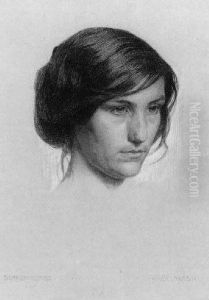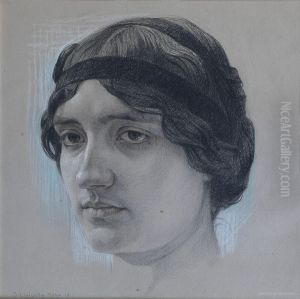Sigmund Lipinsky Paintings
Sigmund Lipinsky was born in 1866 in Lwów, then part of the Austro-Hungarian Empire, which is now Lviv, Ukraine. His early life was marked by an interest in the arts, which led him to pursue a career in painting. Although not as widely recognized as some of his contemporaries, Lipinsky's work significantly contributed to the art scene of his time, particularly within the context of Polish and Ukrainian art.
Lipinsky's artistic journey was influenced by the broader movements of European art at the turn of the 20th century, including Impressionism and Symbolism. However, he developed a distinctive style that blended elements of these movements with his unique perspective. His works often depicted landscapes, urban scenes, and everyday life, characterized by a subtle use of color and light, which added a lyrical quality to his depictions.
Throughout his career, Lipinsky exhibited his work in various cities across Europe, gaining recognition and accolades for his artistic contributions. Despite the challenges posed by the political upheavals and societal changes of his time, including World War I, the interwar period, and the onset of World War II, he remained committed to his art.
Sigmund Lipinsky's life and career were profoundly affected by the outbreak of World War II and the subsequent occupation of Eastern Europe by Nazi Germany. The war's impact on the region, along with the persecution of Jews during the Holocaust, deeply affected Lipinsky and his work. Despite these challenges, he continued to create art that reflected his experiences and the tumultuous world around him.
Lipinsky's death in 1940 marked the end of a career that had spanned several decades and various artistic movements. His legacy, though perhaps not as widely known as that of some of his peers, remains an important part of the history of Polish and Ukrainian art. His works continue to be appreciated for their emotional depth, technical skill, and unique blend of artistic influences.

